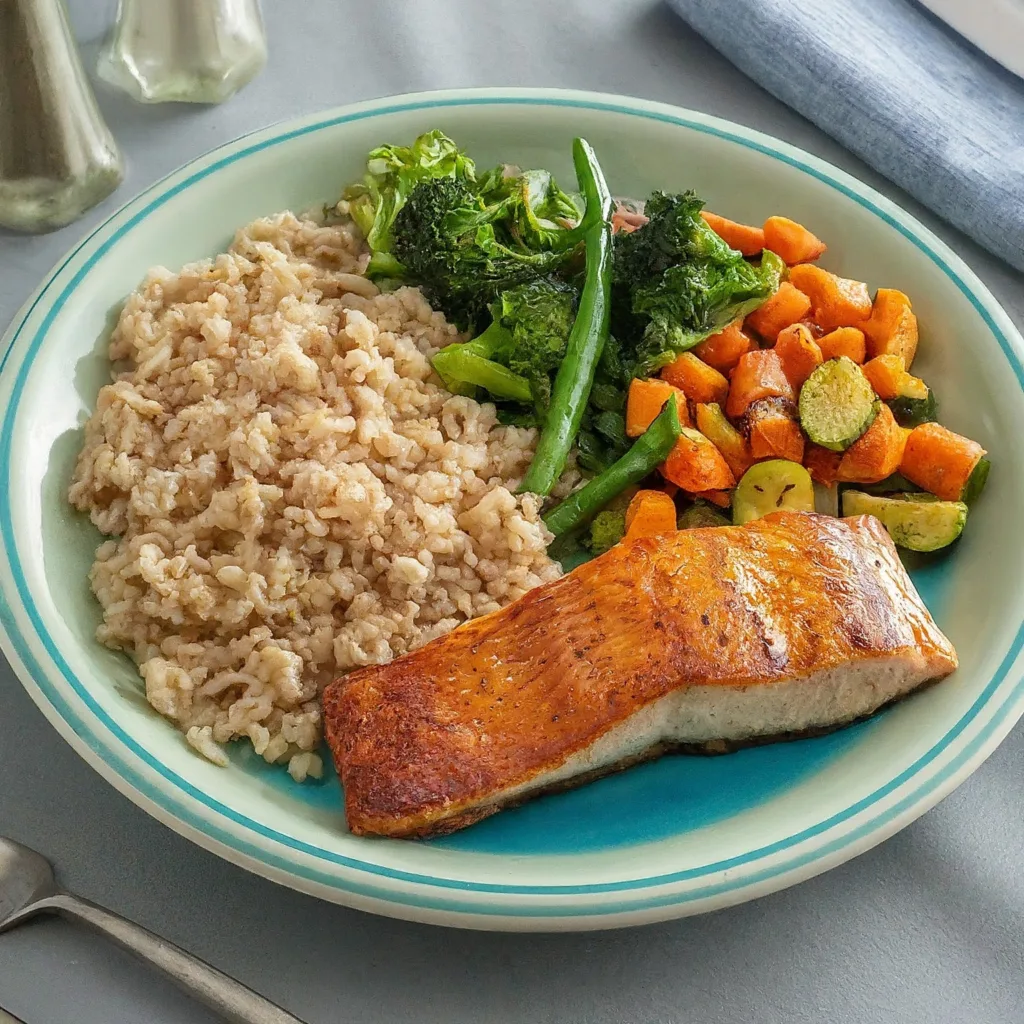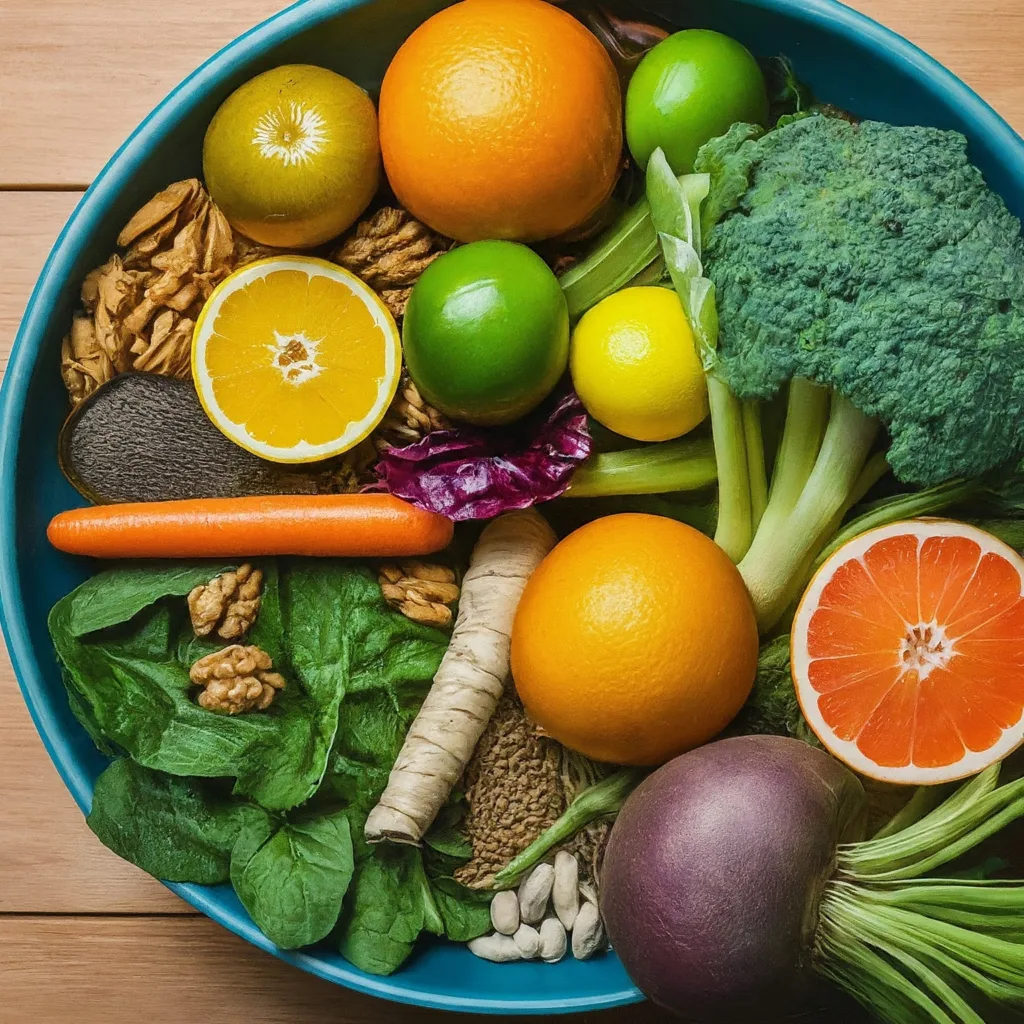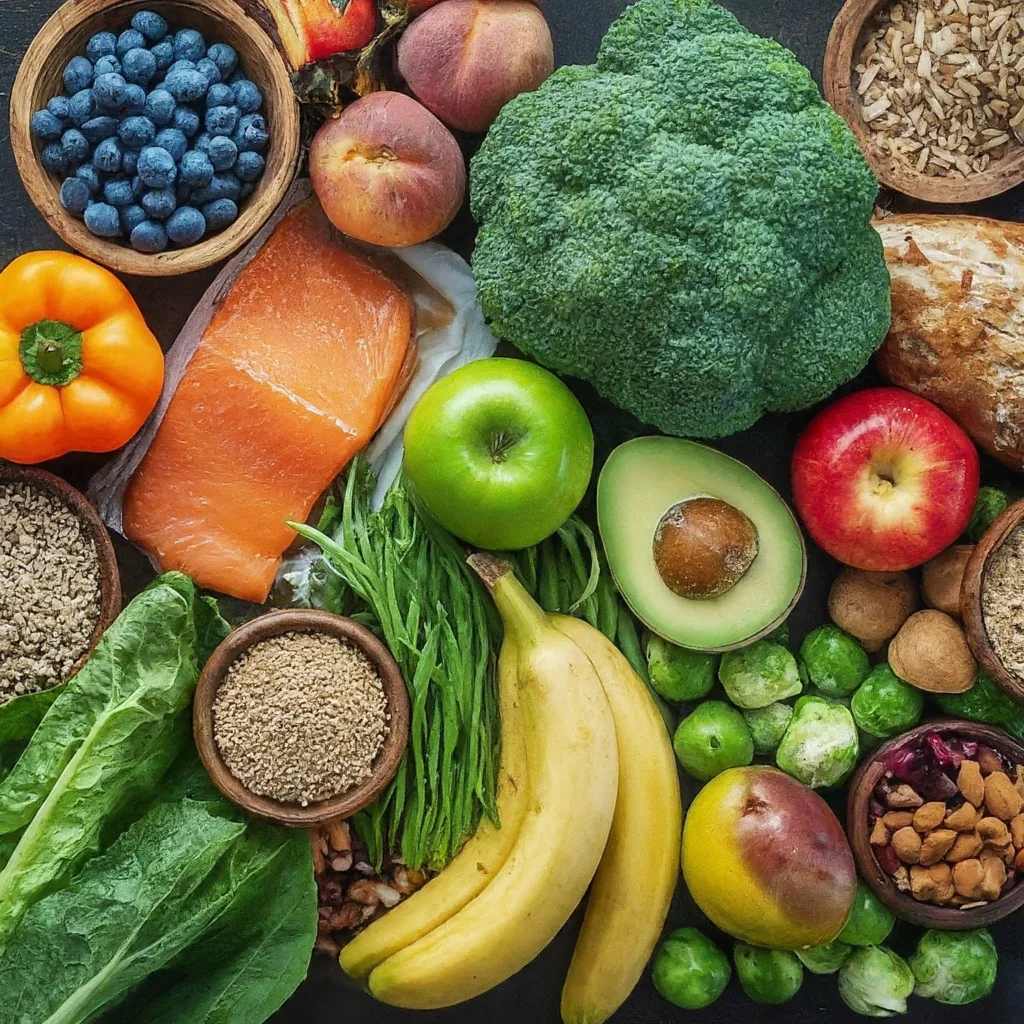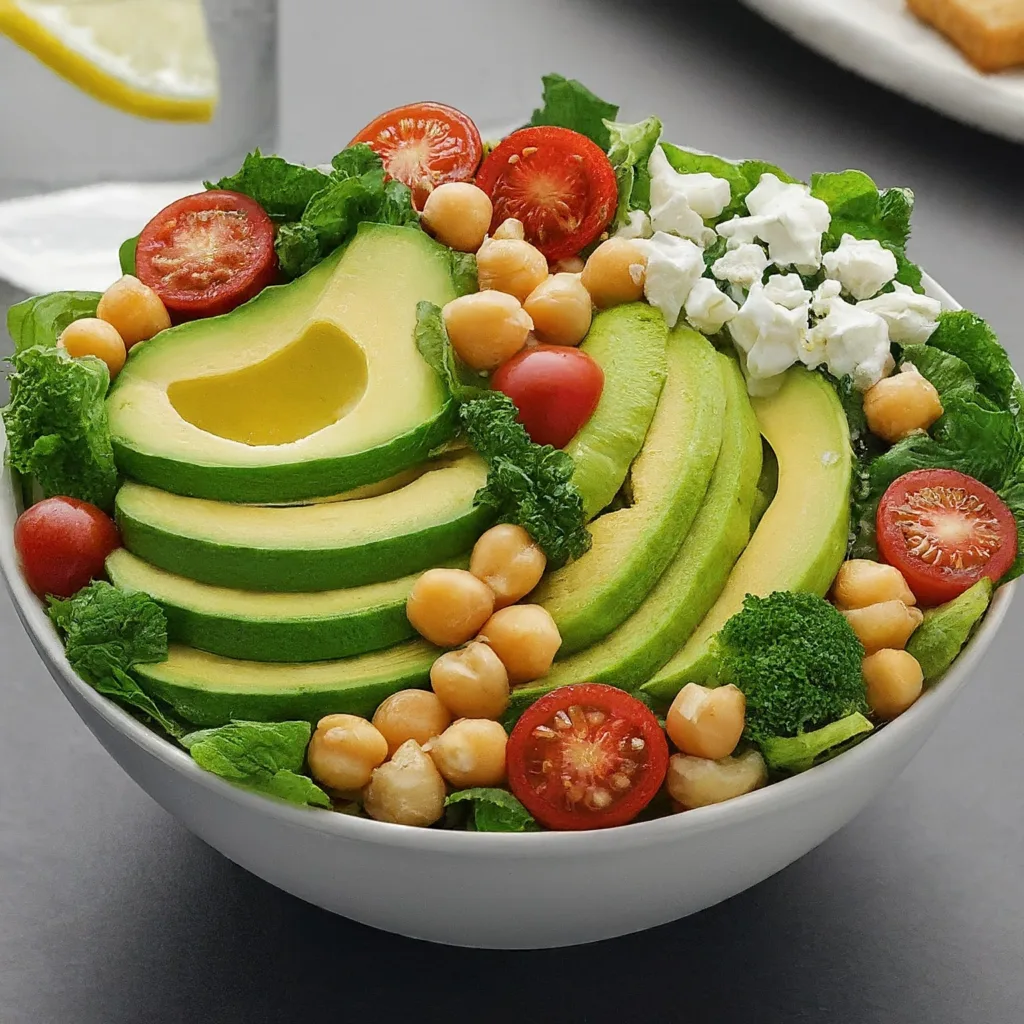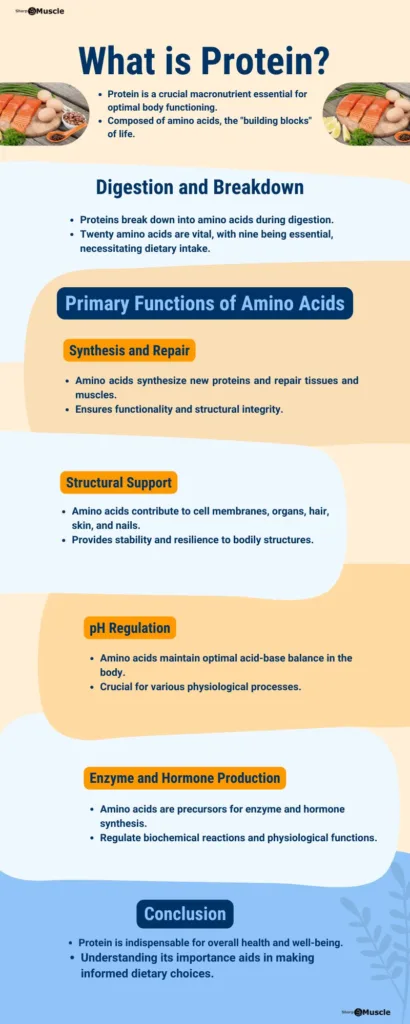Muscle Gains or Bulking improves your workout, eating, and physique. The key to bulking is eating a calorie surplus.
If you’re in the 10-12% body fat range (calculate here body fat percentage) and want to put on muscle as quickly as possible, you want to bulk up.
Yes, you’ll gain some fat along the way, but if you do it right, it won’t be excessive, and it will come off easily when you’re ready to cut.
Based on my experience working with thousands of people, the average man at a reasonable bulk will gain fat for every pound of muscle in a ratio of about 1:1 (1 pound of fat gained for each pound of muscle).
In terms of weight gain, you want your weight to increase at a rate of 0.5 lb (0.23 kg) to 1 pound (0.45 kg) per week. Any more than that, and you’ll be gaining a lot of fat.
If you’re new to weightlifting, you’ll probably gain 2 pounds (0.91 kg) to 3 pounds (1.36 kg) per week for the first few weeks while your muscles fill with water and glycogen. This doesn’t mean you’re gaining a lot of fat, and you should see this number settle in the range of 0.5 pound (0.23 kg) to 1 pound (0.45 kg) within your first 4-6 weeks on the program.
When you dial in your bulk, you should increase the reps on the major lifts every week and the weights on the bar every 3-4 weeks.
Muscle Gains/Bulking diet calculation
A proper bulking diet requires that you eat more calories than you burn on a daily basis. 1
While it sounds like a great idea now, don’t be surprised if you get sick from eating “all that food” at some point along the way. You won’t down thousands of extra calories each week, as you do with some programs, but even a small amount of overfeeding can become a bit uncomfortable over time.
You can also expect to retain more water than usual, since you’ll be eating a substantial amount of carbohydrates each day. This makes you look “bloated“. Again, this is part of the “price” you must pay to optimize muscle growth.
Here how you start to get to the actual diet numbers to bulk up:
- Protein = 1 gram per pound of bodyweight per day
- Carbs = 2 grams per pound of bodyweight per day
- Fat = 0.4 grams per pound of bodyweight per day
That’s where you start. For a 150 pound (68.04 kg) man, it would look like this:
- Protein = 150 grams per day
- Carbs = 300 grams per day
- Fat = 60 grams per day
- That would be about 2,340 calories per day (remember that protein and carbs have about 4 calories per gram and fat about 9), which is the right place for a 150 pound (68.04 kg) guy to start bulking up.
Chances are these numbers are lower than other recommendations you’ve seen on the internet. This is because many bulking programs out there are just overkill. They put you in a huge caloric surplus with the explanation that you have to “eat big to get big”.
Well, while it’s true that you’ll need to eat more than normal to maximize muscle growth, you don’t need to eat nearly as much as some people believe.
General Bulking Recommendations
When you’re bulking, try to stay within 100 calories of your daily goal, and you err on the higher side (it’s better to have less than your goal).
Don’t think of bulk as a license to eat whenever you want. As this will inevitably lead to excessive overeating and thus excessive fat storage, which will slow down your gains in the long run.
You can have cheat meals every week, but keep it in moderation. We’ll talk about why soon, but a high-protein, high-carbohydrate cheat meal is preferable to a high-fat one.
I recommend eating a lot of meat while bulking, as it is particularly effective for building muscle. Generally speaking, I eat two servings of meat per day (lunch and dinner) and alternate between different types such as ground turkey, chicken, lean beef and fish.
Adjusting calorie intake
The numbers in the above formula are a starting point, and there is a chance that you will need to eat more to gain strength and muscle effectively. Especially if you have an ectomorphic body that is naturally lean and lean. Part of the game is finding your body’s “sweet spots” for bulking, cutting, and maintaining.
Fortunately, this is easy to do. Most people will find their sweet spots within 10-15% of the goals they originally calculated, but some need to eat more to gain weight consistently. It is rare for a man to gain fat too quickly and reduce intake on the above recommendations.
So, if after 7-10 days, you are not gaining weight despite working hard in your workout, then you are not eating enough. Increase your daily intake by 100 calories (by adding more carbs, preferably) over the next 7-10 days and reevaluate. If this doesn’t add weight, increase again and repeat the process until you’re gaining weight at a rate of about 0.5 pounds (0.23 kg) to 1 pound (0.45 kg) per week.
If you’re like most people, here’s how it’s doing:
- You are going to start with the above formula and gain weight for the first month or two, and then you’re going to stop.
- Then you’ll increase your daily intake by one or two more and start growing again.
- At some point, you’ll probably stop again, regress, and start gaining again.
- After a little more progress, your body fat percentage will eventually reach the 15% range, and you’ll have a month to two before you cut back to remove the fat and repeat the process.
You can reduce the calories to a maintenance level on your rest days if you want, or you can stick to the bulking numbers. Small reductions won’t make a difference in terms of overall fat storage, but some people prefer to take a break from all eating a couple of days a week.2
- Slater GJ, Dieter BP, Marsh DJ, Helms ER, Shaw G, Iraki J. “Is an Energy Surplus Required to Maximize Skeletal Muscle Hypertrophy Associated With Resistance Training.” Front Nutr. 2019 Aug 20;6:131. doi: 10.3389/fnut.2019.00131. PMID: 31482093; PMCID: PMC6710320.[↩]
- Source: Bigger Leaner Stronger: The Simple Science of Building the Ultimate Male Body. By Michael Matthews. Available here: https://amzn.to/3S7dyYD[↩]




